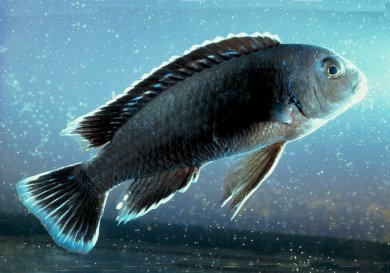Off-flavor compounds that develop in live fish are a major threat to the business of aquaculture. Most of those compounds derive from microbial growth in the fish and there are various techniques for inhibiting their growth. Researchers at the University of Waterloo, Ontario, Canada, and the Université Laval, Quebec, Canada, have developed a simple analytical technique involving solid-phase microextraction (SPME) for monitoring two of these compounds, geosmin and 2-methylisoborneol (2-MIB), which are generated by cyanobacteria and actinomycetes.
The researchers tested two calibration techniques for the SPME: on-fiber standardization and measurement using predetermined sampling rates of analytes. The in vivo results compared well with standard, lethal testing methods and the detection limit was 0.12 ng/g for geosmin and 0.21 ng/g for 2-MIB, which are both below the human sensory thresholds. This could allow live monitoring of fish stocks or the monitoring of target compound concentration changes in the same individual fish. Moreover, the same approach might be useful in testing for drug and pesticide residues too.
- In Vivo Solid-Phase Microextraction with in Vitro Calibration: Determination of Off-Flavor Components in Live Fish,
Ziwei Bai, Alexandre Pilote, Pallab Kumer Sarker, Grant Vandenberg, Janusz Pawliszyn,
Anal. Chem. 2013.
DOI: 10.1021/ac3033245



